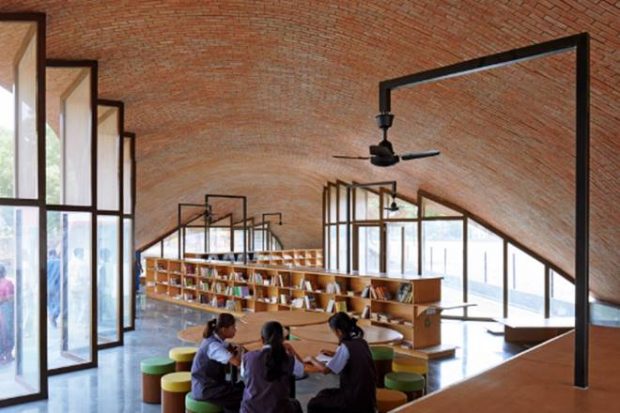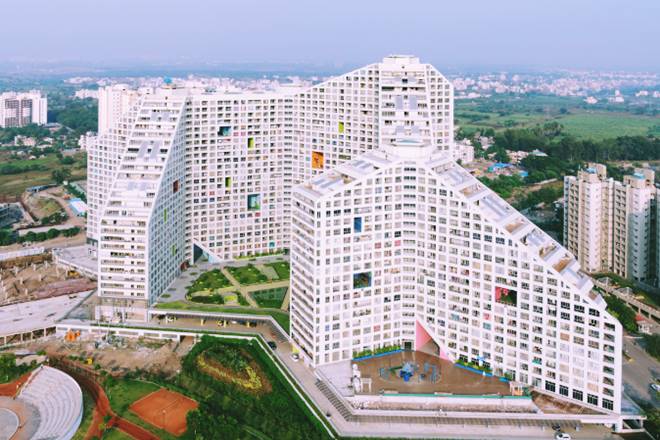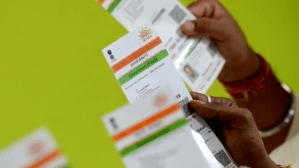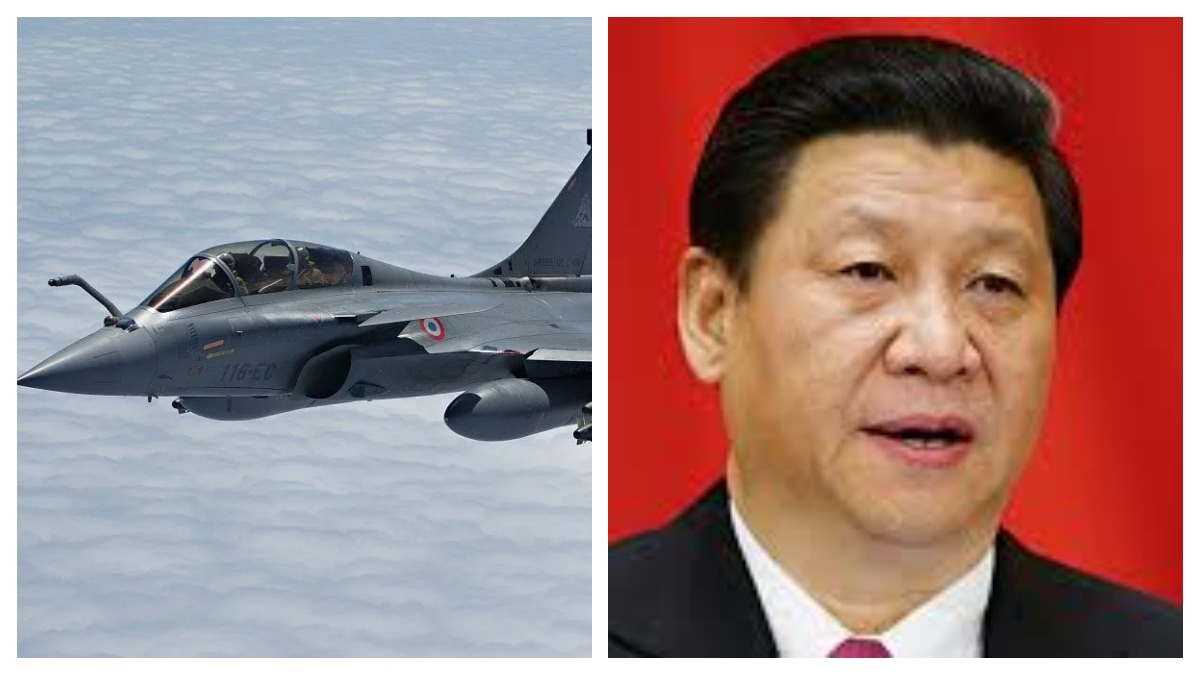Two Indian architectural projects have won prestigious awards from ArchDaily, world’s largest architecture platform. ArchDaily recently announced its Building of the Year awards and two projects from India won awards in ‘Educational Architecture’ and ‘Housing’ categories. The readers of the ArchDaily from across geographies vote and decide the winners from over 4,000 entries. Leading design firms from across the world compete in different categories for this prestigious award. The two Indian projects which won awards are Future Towers in Pune by MVRDV, a Dutch firm and “material and technical mastery” design in the Maya Somaiya Library in Sharda School in Kopergaon by Mumbai-based Sameep Padora & Associates (sP+a).
Both the Indian projects faced different challenges to implement their designs. Future Towers, Pune created room room for 5,000 people in a residential building. Sharda School wanted to engage students in a library which is at par with fast-paced technology-driven world. Through active research, these projects presented solutions for future of libraries to residential apartments in high-density areas.

Why Maya Somaiya Library in Sharda School won
Situated in a school in rural Maharashtra, this small addition in children’s library was placed between the school boundary and its existing buildings. Since children are more attracted to a landscape than a building they created a library building which is a formal extension of the ground plane. It has an interior for studies and a place above to play. Rural areas have limited teaching resources hence this library would attract students and other residents from the vicinity after school hours.
Also Read | Amazing! A medieval temple made of bricks which can float on water and has Earthquake-proof architecture
What led to Future Towers’ win
The tower is located in Pune, India’s 8th largest city and one of the fastest-growing metropolis in the country. The Future Towers project by MVRDV has 1,068 apartments for a different section of the rapidly expanding population Pune. It is truly a vertical village and can house around 5,000 people in just one building!








